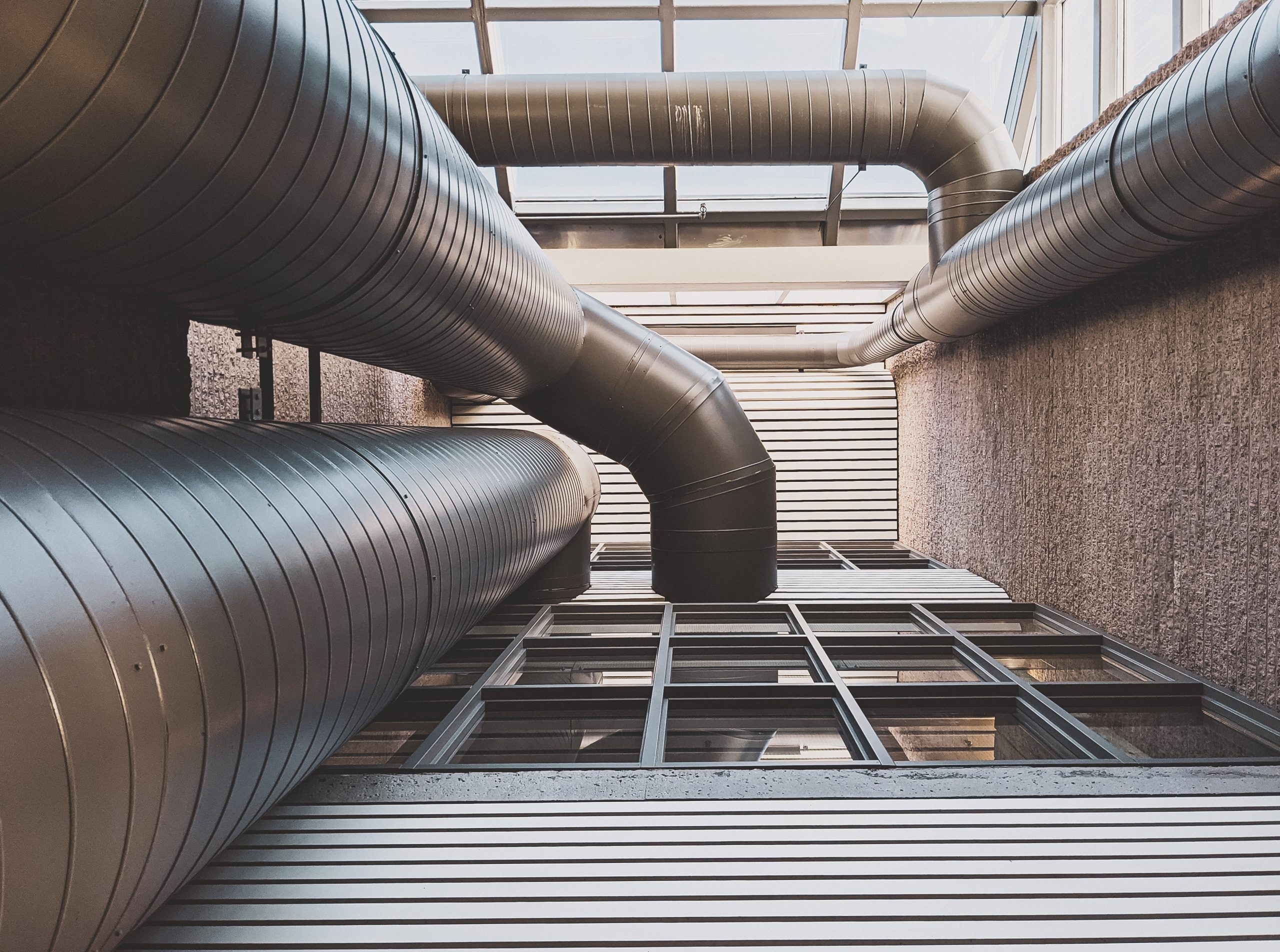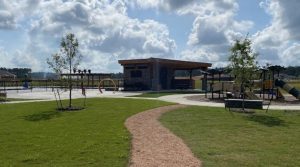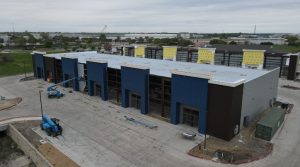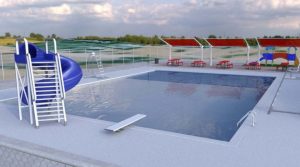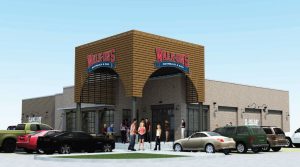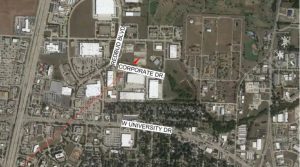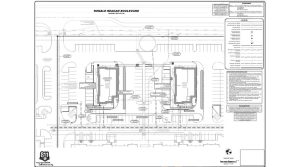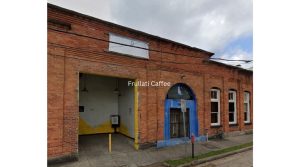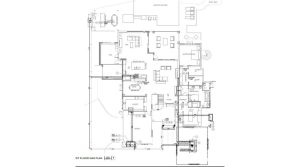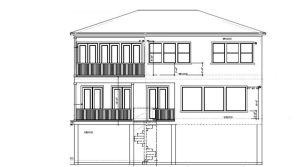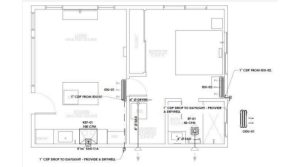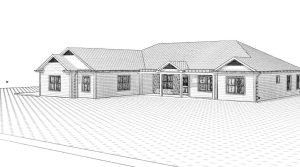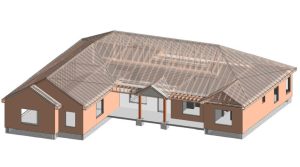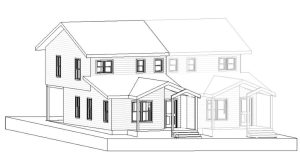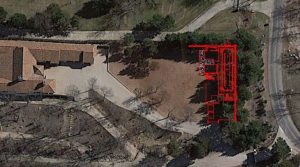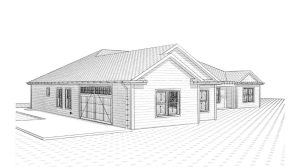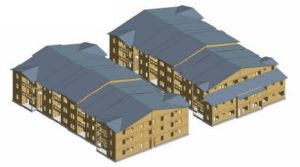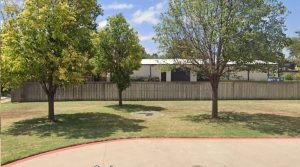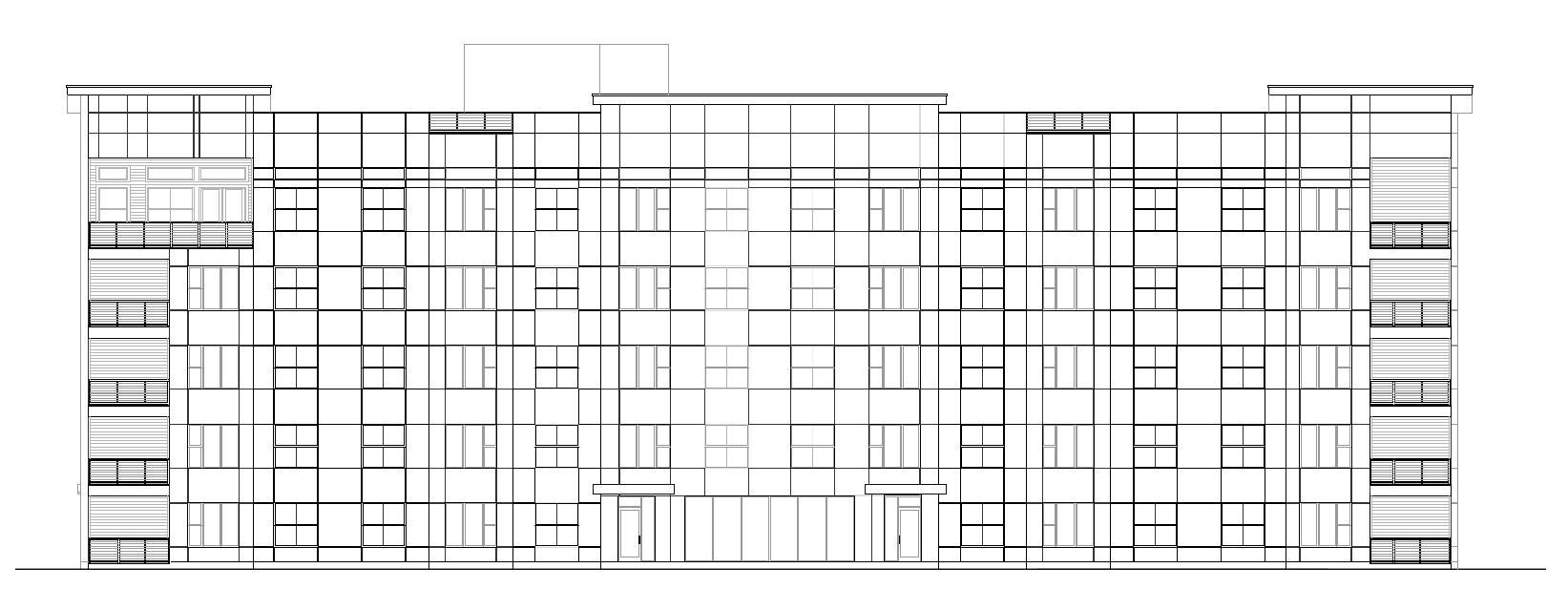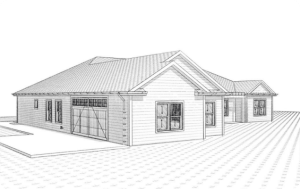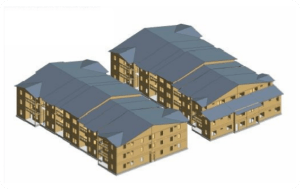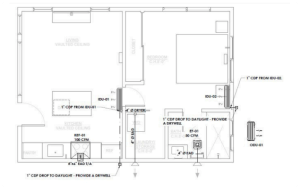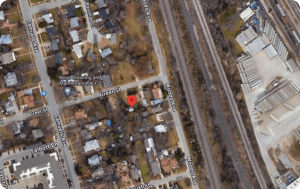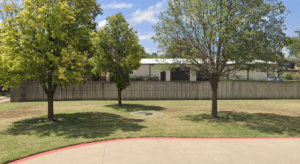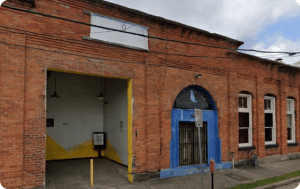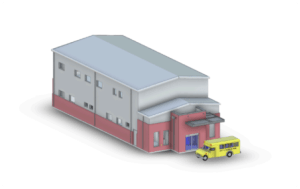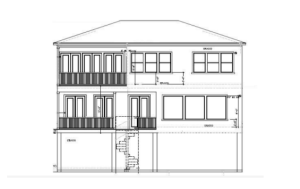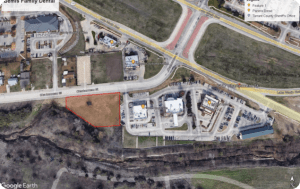How to Effectively Provide HVAC Systems for Large and Complex Buildings
HVAC systems play a crucial role in maintaining a comfortable and healthy environment for large and complex buildings such as hospitals, offices, and universities. However, designing, installing, and maintaining HVAC systems for these types of buildings can be a daunting task. There are many factors to consider, such as the size of the building, the number of occupants, and the type of HVAC system needed. In this blog post, we will provide you with helpful tips on how to effectively provide HVAC systems for large and complex buildings. From understanding the building’s needs to selecting the right HVAC components and conducting regular maintenance, we’ll cover everything you need to know to ensure that your HVAC system provides maximum efficiency and comfort.
1. Understanding the Building's Needs
When it comes to providing HVAC systems for large and complex buildings, it’s essential to understand the building’s needs. The HVAC system must meet the demands of the building, including the number of occupants, the type of activities taking place inside, and the building’s size and layout. A thorough understanding of these factors will help you design an HVAC system that will provide the desired comfort level while operating efficiently. The HVAC system should also be designed to meet the building’s specific demands on a seasonal basis. For example, a building in a hot, humid climate will require a different system than a building in a cold, dry climate. The system’s design should take into account the building’s geographic location, as well as the local climate patterns. It’s also important to consider the building’s occupancy patterns and usage. A building that is occupied 24/7 will have different HVAC needs than a building that is only used during regular business hours. By understanding the building’s needs, you can design an HVAC system that will provide optimal comfort and efficiency while also being cost-effective.
2. Selecting the Right HVAC Components
When it comes to providing HVAC systems for large and complex buildings, it’s essential to choose the right components. This requires a good understanding of the building’s needs, including its size, location, usage, and number of occupants. One of the most important components is the HVAC unit itself. This should be chosen based on the specific needs of the building. For instance, if the building is large, it may require multiple HVAC units to effectively heat and cool the space. Additionally, you should consider the type of HVAC unit, such as a packaged unit or a split-system unit, based on the specific requirements of the building. Another important consideration is the ductwork. It should be correctly sized to ensure the HVAC system operates efficiently. The ductwork should also be properly insulated and sealed to prevent air leakage, which can reduce the system’s effectiveness and lead to energy waste. Finally, the control system is a crucial component of any HVAC system. It should be chosen based on the building’s needs, such as the number of zones, required temperature settings, and occupancy schedules. By selecting the right HVAC components for your building, you can ensure that your HVAC system works effectively, efficiently, and reliably for years to come.
3. Conducting Regular Maintenance
The key to providing effective HVAC systems for large and complex buildings is regular maintenance. Maintenance is one of the most essential components of any HVAC system, regardless of the size or complexity of the building. Regular maintenance helps to ensure that your HVAC system is running at optimal levels, which can improve the system’s lifespan, reduce energy costs, and prevent costly repairs down the road. When conducting regular maintenance, the first step is to establish a maintenance schedule. This schedule should be based on the manufacturer’s recommendations and the specific needs of your building. You should also consider the age of the HVAC system, the level of usage, and other factors that may impact the system’s performance. The next step is to conduct routine inspections and tests on the HVAC system. These inspections should include checks of the air filters, ductwork, and ventilation systems.
You should also inspect the system’s electrical components, such as motors, switches, and controls, to ensure that they are functioning correctly. In addition to inspections and tests, regular maintenance should also include cleaning the HVAC system. This includes cleaning the air filters, ductwork, and ventilation systems to ensure that they are free from dirt and debris. This can improve the quality of the air in the building and reduce the risk of respiratory problems. Overall, regular maintenance is essential for ensuring that your HVAC system is running efficiently and effectively. By conducting routine inspections, tests, and cleanings, you can extend the lifespan of your HVAC system and improve the air quality in your building.
4. Conclusion
In conclusion, providing HVAC systems for large and complex buildings can be a challenging task. However, it is essential to ensure that the heating, ventilation, and air conditioning systems are functioning effectively. A well-designed HVAC system can help to improve indoor air quality, reduce energy costs, and provide a comfortable environment for the building’s occupants. To ensure that you are providing the best HVAC system for your building, it is important to work with experienced HVAC professionals who understand the complexities of large and complex buildings. By following the tips outlined in this article, you can be sure to provide an HVAC system that meets the needs of your building and its occupants. Remember to regularly maintain and service your HVAC system to ensure it operates efficiently and effectively for years to come.
